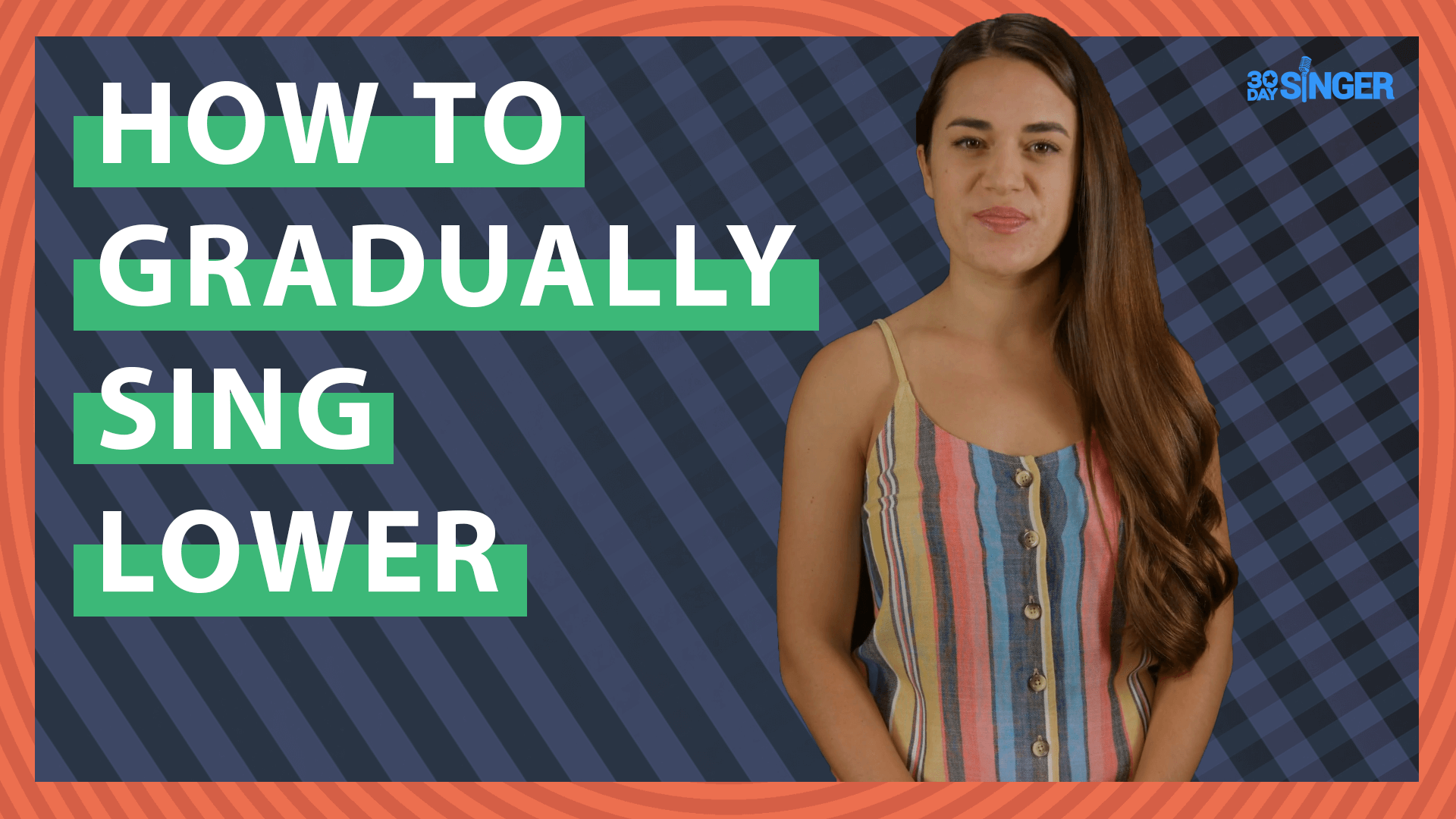Intro to Vocal Registers
December 19, 2019By Camille van Niekerk
As you learn more about your voice and get into the habit of training with vocal exercises, you’ll come across the concept of “vocal registers”. This article will explain vocal registers to help you better understand how your voice functions and why it sounds the way it does!
What are the different vocal registers?
From lowest to highest in pitch, the vocal registers are:
Vocal Fry (also called Pulse register)
Chest
Mix/Middle (technically a blend of chest and head function & resonance, but it can be thought of as a distinct register)
Head/Falsetto
Whistle
What exactly is a vocal register?
Vocal register refer to vocal fold function and the resulting sound quality. While there are a general set of pitches for each register according to voice type, there’s plenty of overlap!
For example, an alto or soprano could sing the pitch A4 using chest voice, mix voice, OR head voice. The difference would be in how their vocal folds are functioning to produce that pitch, and the resulting sound (characteristic of that register).
Can every singer use all the registers?
Yes - almost! Every singer, assuming they have no significant vocal damage, will be able to use fry, chest, mix, and head/falsetto. As for whistle register, relatively few singers can access those pitches (for females, above D6). Sopranos have the highest likelihood of accessing their whistle register and, like any vocal register or technique, it can be developed and improved with practice.
Thankfully for most of us, whistle register is not necessary to have a wide range, beautiful tone, great intonation, and impressive agility.
What does each register sound like?
See below for a breakdown of each register’s vocal fold function and characteristic sound.
Register: Vocal Fry/Pulse
Range: Lowest; can sound unpitched
Vocal fold function: Loose folds that remain open for a longer period of time; very low tension and inconsistent vibration
Resulting sound: Low, creaking or popping sound
Register: Chest
Range: Low to middle
Vocal fold function: Folds are thicker and the whole fold is vibrating; firm closure and less time that the folds are open; TA muscle is more active
Resulting sound: Full, strong, warm & rich sound; most similar to speaking voice tone; naturally higher volume
 Learn how to sing a little lower with the lesson above!
Learn how to sing a little lower with the lesson above!
Register: Mix/Middle
Range: Middle to high
Vocal fold function: Folds are elongating, but closure is still firm; TA is less active than in chest voice, but more active than in head voice
Resulting sound: Strong and rich, but brighter than chest voice; noticeable “lightening” in sound quality as more head resonance is introduced
Register: Head/Falsetto
Range: High
Vocal fold function: Vocal folds are stretched long and thin; in falsetto, the folds remain open for longer (resulting in a lighter, more airy sound); CT muscle is more active
Resulting sound: From a soft, light, “floating” tone to a powerful, full sound; volume can be very quiet to very loud, depending on the amount of cord compression, resonant space, and air.
 Learn how to sing a little higher with the lesson above!
Learn how to sing a little higher with the lesson above!
Register: Whistle
Range: Highest
Vocal fold function: Only a small front portion of the vocal folds vibrate
Resulting sound: Very bright and edgy, whistle-like sound
Final thoughts
For a healthy, strong voice and a wide range, make sure that your vocal exercises cover all of the main singing registers: chest, mix/middle, and head/falsetto.


